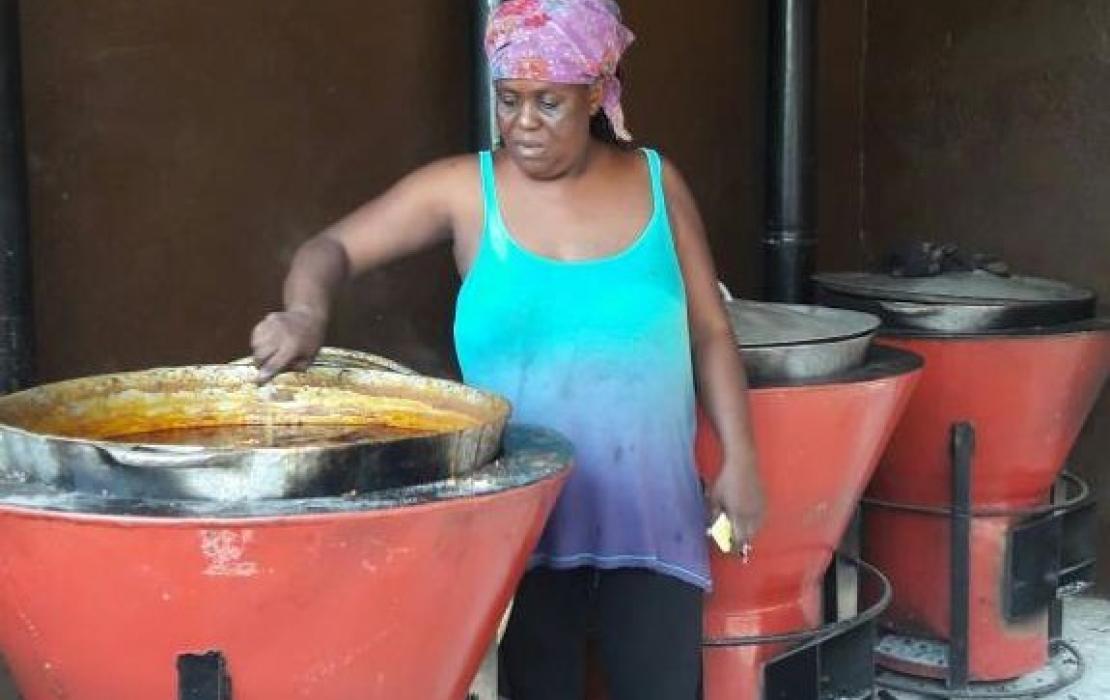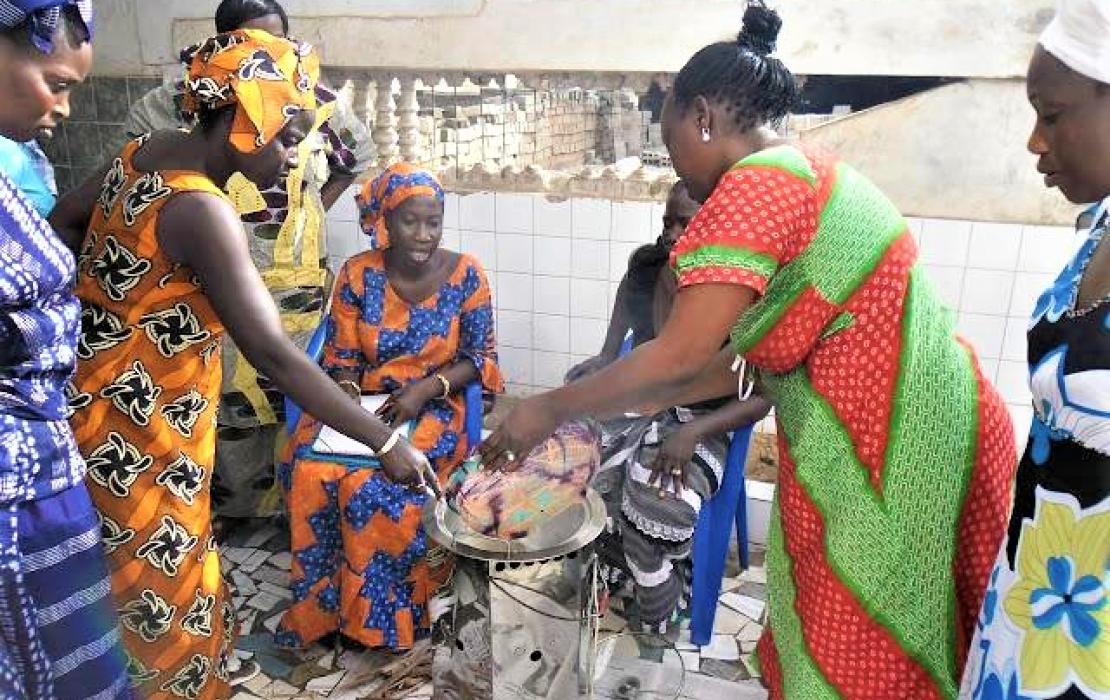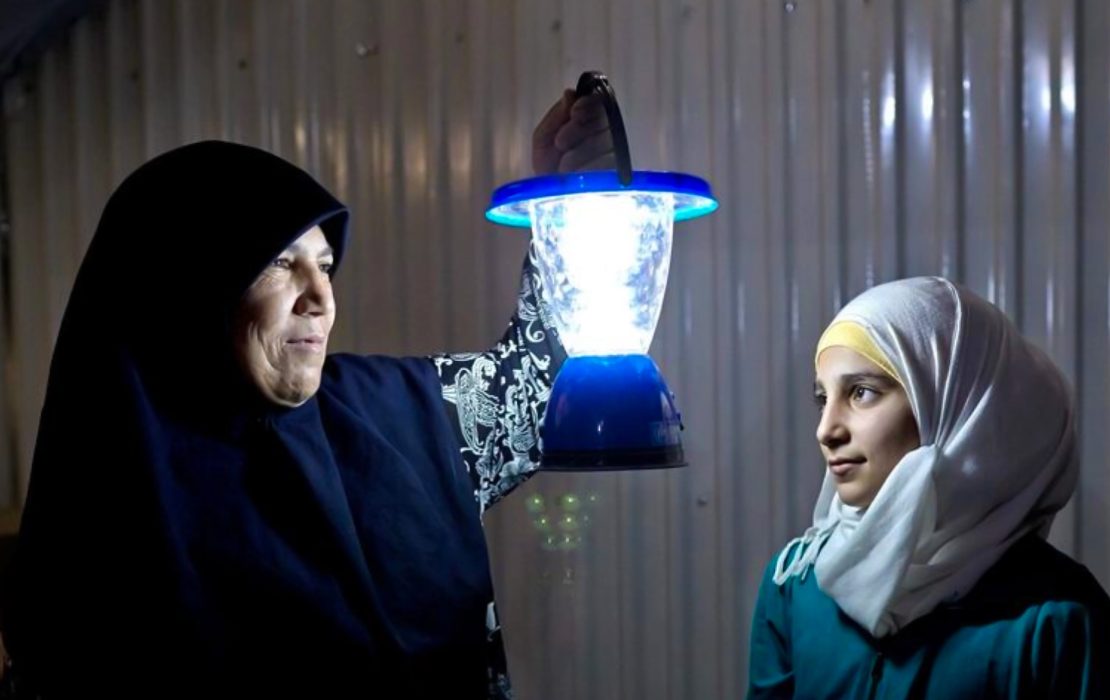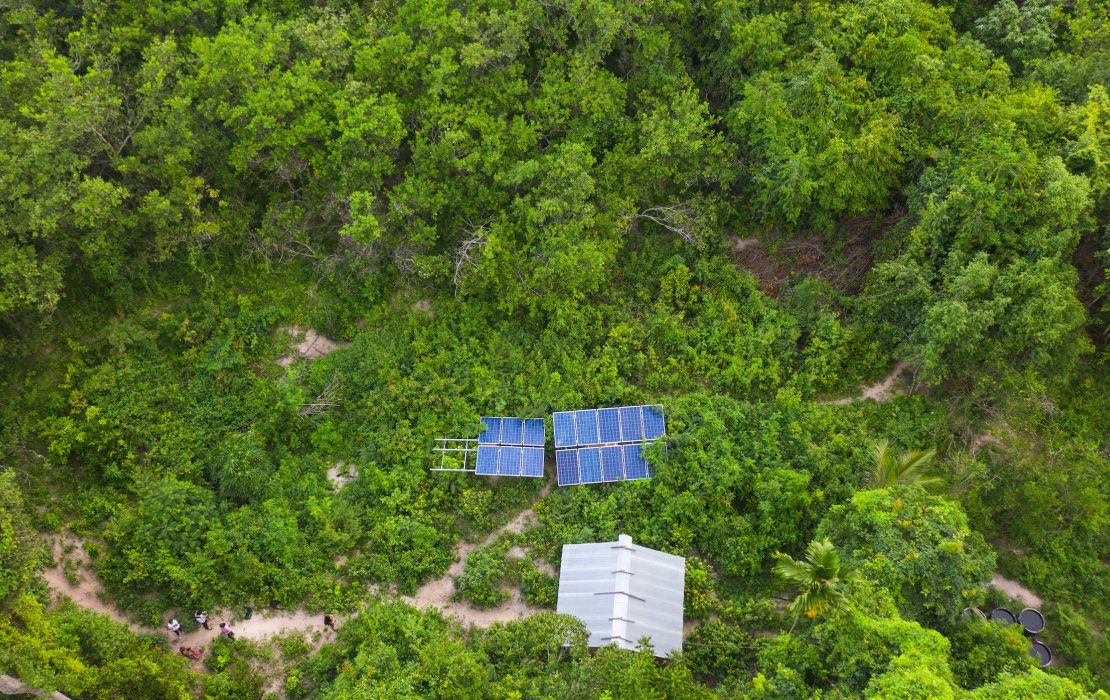
Photo : UNDP Zimbabwe
In Africa, more than 850 million people still depend on wood and charcoal for cooking. With the current tensions in the international gas and oil markets, whose prices have increased by nearly 50 percent in one year, this trend is likely to worsen further.
These figures indicate a critical health reality. The use of inefficient stoves is a leading cause of indoor pollution, which has devastating effects on the health of women and children, and causes nearly half of pneumonia deaths among children under 5 years of age.
Added to this is the impact on the environment. Traditional cooking stoves, which are inefficient in terms of combustion, use much more wood and charcoal than necessary. In addition to threatening forest resources, their use leads to avoidable greenhouse gas emissions.
Therefore, promoting clean cooking energy solutions can help address a series of environmental, social and health challenges in a holistic way. The governments of African countries recognize this, as evidenced by the inclusion of domestic energy or clean cooking in their climate commitments under the Paris Agreement. Specifically, in the West Africa region I work in, seven countries (including three in the Sahel) have included cooking energy targets in their Nationally Determined Contributions (NDCs) developed with the support of the UNDP under its Climate Promise initiative.
As countries have strengthened their climate ambition in recent months through revisions of their NDCs, how can we ensure governments can make rapid progress for clean cooking energy access in the coming years?
In 2013, ECOWAS governments adopted universal access to efficient, clean, and sustainable cooking energy solutions as one of their priority goals by 2030. The West African Clean Cooking Alliance (WACCA) was then launched with the ambitious aim of providing the means to achieve this goal for nearly 400 million people, more than a third of the population in sub-Saharan Africa.
As WACCA Coordinator for four years, I had the opportunity to work with governments, private sector, and civil society actors to build a viable clean cooking energy market.
Ten years later, benefitting from hindsight, below are some reflections and lessons learned from my side.
- Innovative solutions based on cutting-edge technologies have been developed locally while meeting international quality standards, and a promising market dynamic has appeared with the emergence of a significant number of entrepreneurs in the industry. This is promising for the future and a sign that more progress can be made.
-
Through the Clean Cooking Development Fund initiated by the WACCA, companies like West Wind Energy in Sierra Leone, and Polynova Green and Industry in Côte d'Ivoire, have designed, developed and perfected clean cooking technologies with biomass and butane gas stoves that improve existing cooking equipment by making it more efficient and cleaner. Also, these companies have developed models of institutional stoves adapted to collective and commercial needs for users such as schools, prisons, and restaurants, which use significant quantities of wood and charcoal.
- Some of the entrepreneurs associated with the WACCA initiative were also the first in the region to access carbon finance. These include Toyola Energy Limited in Ghana and Katènè Kadji in Mali, two leading companies in the clean cooking energy sector that have been able to mobilize carbon finance through the Clean Development Mechanism (CDM) of the Kyoto Protocol at the very beginning of the implementation of this instrument, which is considered a feat in itself.
However, these companies are still considered exceptions, and the scaling up of the innovations is slow to materialize. Why?
- Regarding the production of new types of efficient stoves, this is partly due to the fact that manufacturers, especially international ones, are emphasizing the achievement of the highest “thirds" in the reduction of the emission of CO2 and other particles. So, they focus their research and development (R&D) activities in the laboratories. And during the development of these technological solutions, their ultimate purpose and use by women, who tend to be in charge of cooking due to social norms, is not sufficiently addressed. Therefore, new models of cooking equipment, although more efficient in reducing emissions of particulate matter, may have been ignored by some households, as they are unsuited to local cooking needs and habits because, in practice, these super-efficient stoves require too much behavioral change.
Finding the right balance between R&D and the realities of the market may be what, to me, has been most lacking so far. In order to really achieve a widespread adoption of clean cooking technologies, I consider it essential to put the needs of users at the center of innovation. Technologies can then be adapted to the needs of users, including in contexts and cultures that vary from one country to another.


This human-centered approach is currently used by UNDP and its partners in the Sahel through its renewable energy-based community development project in the so-called "Three Borders" area between Mali, Niger, and Burkina Faso. Access to, and promotion of, clean cooking solutions is one of the project’s major components.
In order to set up an industrial unit for the production of efficient cookstoves, UNDP will use a market study and awareness-raising at the community level to better address the needs of the various market actors, including producers, distributors, and end users.
With this approach, UNDP is adopting a holistic vision which seems critical to me, because if we are to succeed in implementing a clean cooking energy solution in every home, at every meal, for everyone, I believe that we must take a human-centered approach.


